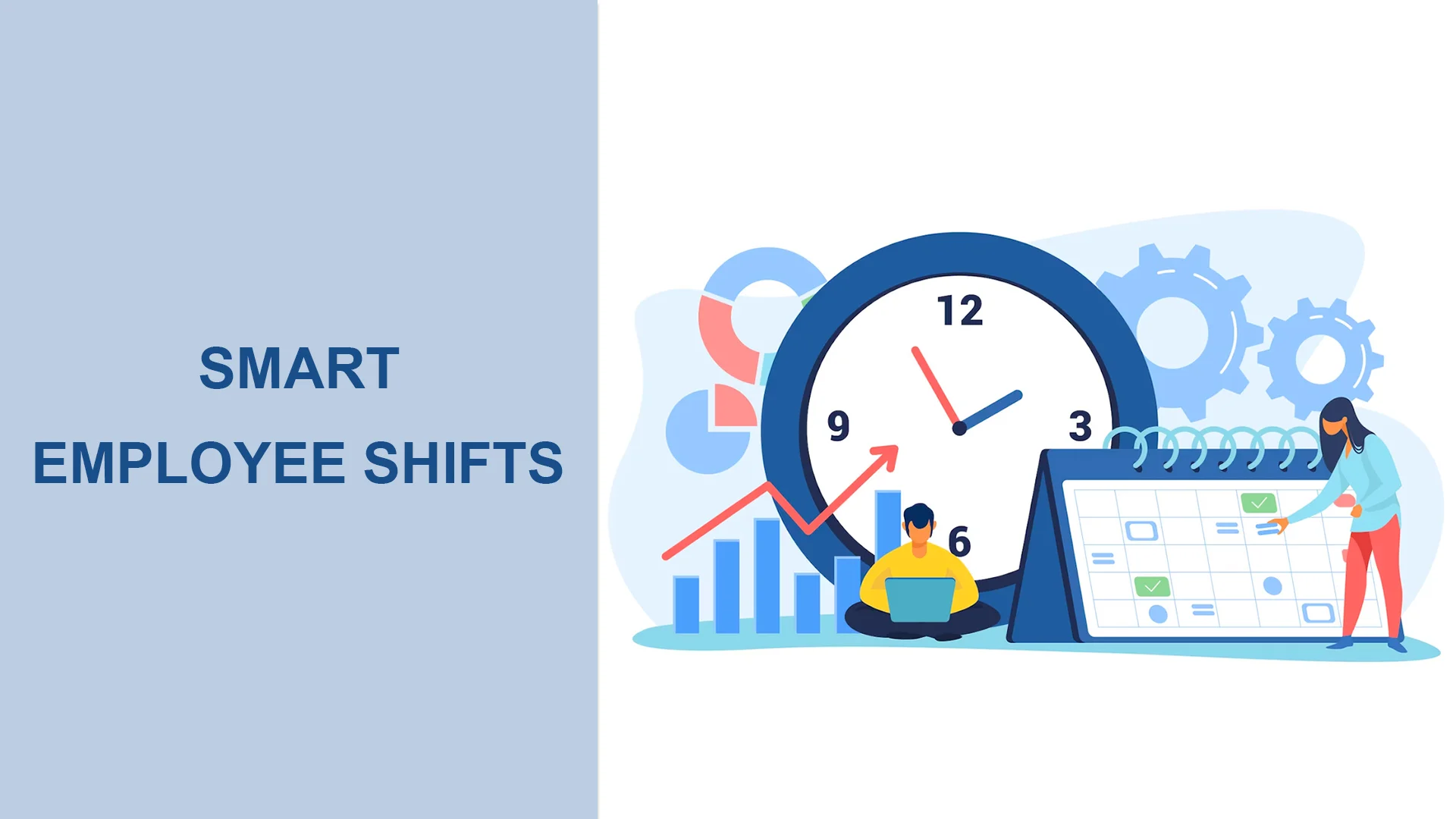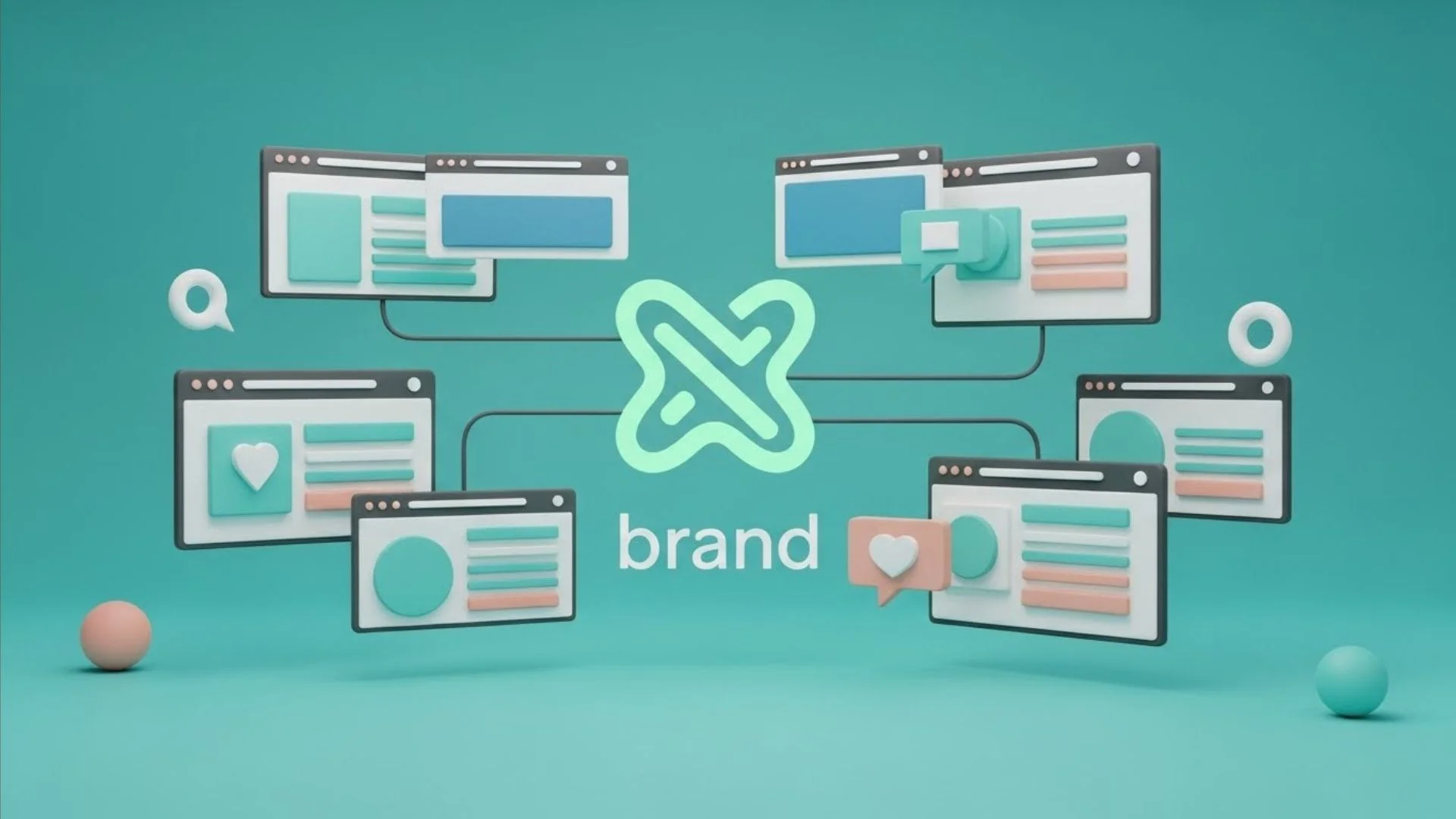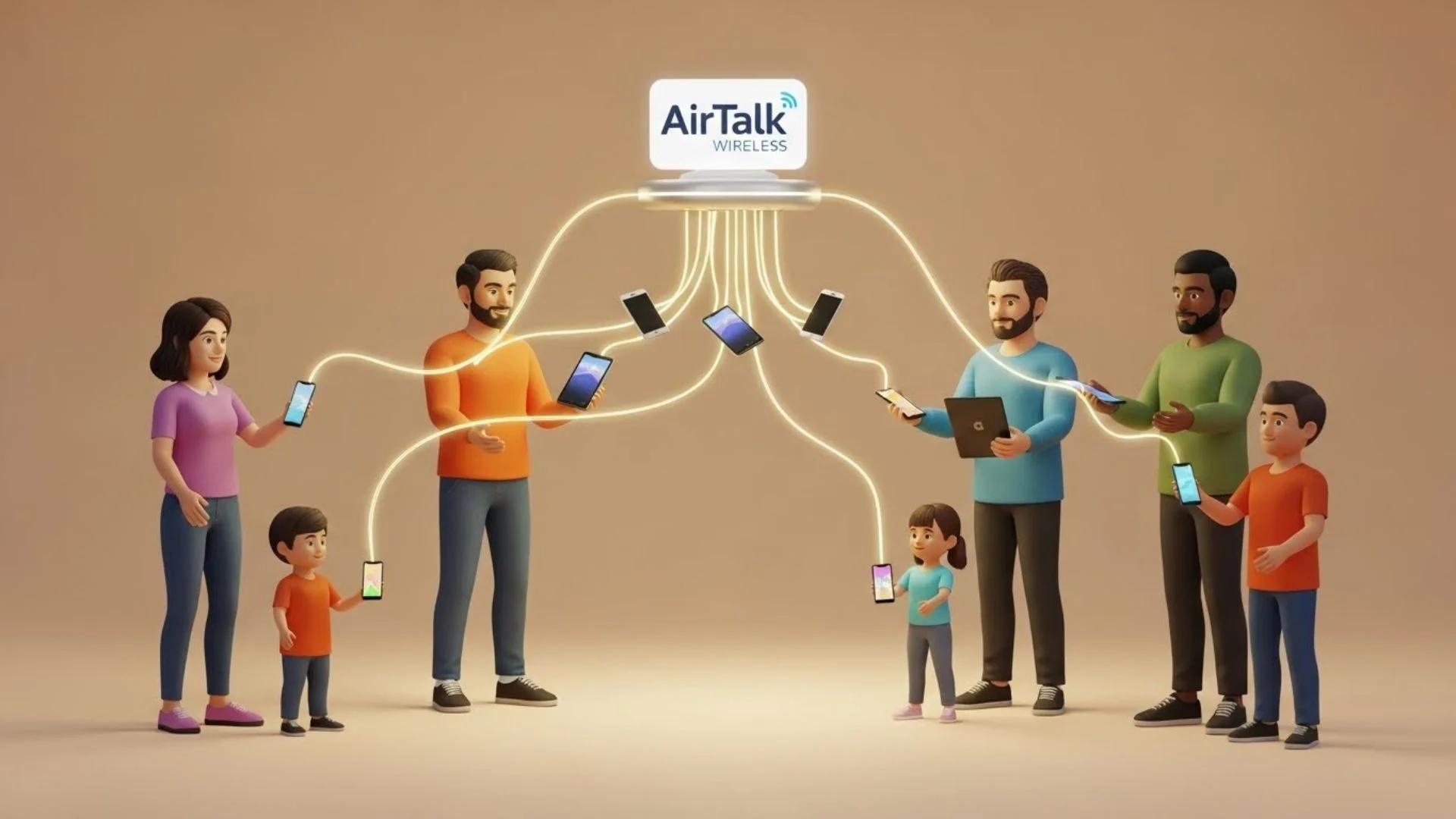If you’ve ever managed employee shifts, you know how challenging it can be—especially if your business relies on flexible staffing arrangements. Doing everything by hand and on paper requires significant effort. It’s not only time-consuming. It can also lead to inefficiencies that fuel worker frustration.
Employee scheduling software changes how businesses handle their team members’ complex scheduling needs. This tool automates the majority of the process involved in staff scheduling, which not only saves time but contributes to business efficiency.
Stop wrestling with spreadsheets and endless calls to arrange team schedules. Use automation tools to simplify how you handle employee schedules efficiently and enjoy these business advantages.
Save Time by Simplifying Tasks
Human resources are the most important asset every business could have. Organizations must monitor several aspects of employee performance to guarantee their well-being. There’s individual attendance tracking, time off requests, and so much more.
Managers and executives who choose to automate employee shift scheduling no longer have to perform manual data entry and pore over spreadsheets for schedule management. They can create schedules in minutes.
Apart from saving time, an employee scheduling analytics solution makes the process more efficient. Artificial intelligence (AI) integration allows shift assignments based on predefined rules while taking into consideration employee availability. It has an automatic approval process but can still facilitate quick modifications and adjustments, such as filing last-minute shift vacancies.
Algorithms likewise automatically spot scheduling conflicts, including overtime and double bookings. In such cases, it sends automatic shift conflict alerts to all concerned.
The platform uses an application programming interface (API) to allow easy access to schedules for managers and in-house staff via the web. Even deskless employees can view unassigned shifts or request to swap shifts with their colleagues by accessing its mobile app version.
Reduce Costly Errors and Legal Risks
A manual scheduling process is prone to errors. Managers can sometimes double-book employees, overlook labor law requirements, or fail to account for necessary breaks.
An employee scheduling tool eliminates these issues by guaranteeing that shifts match work regulations and company policies. It’s not only a time tracking tool, as it cross-checks employee availability and time-off requests before finalizing schedules.
This tool gives you access to advanced compliance processes. It ensures you’re adhering to the mandated employee breaks, maximum working hours, and rest periods. As such, your business can avoid legal penalties and fines related to scheduling violations.
If you find yourself in a difficult position, the system’s complete record-keeping features can help you get out of trouble. Employee shift scheduling software has a database that keeps schedules, employee timesheets, shift requests, and late arrivals. Any changes that can’t be accommodated, like delayed request time for shift swaps or questionable employee attendance records, are also available here.
Improve Employee Satisfaction
One of the biggest advantages of digital employee scheduling is its ability to create fair and transparent scheduling systems. This convenience enhances the working experience for managers and creates a domino effect for the entire team. Leaders can access staffing levels and factor in employee availability preferences to develop more reasonable and predictable shifts.
Being smart about your scheduling practices can lead to higher employee retention rates. The ability for employees to input their proposed shifts and time off requests gives them a better sense of control over a healthy work-life balance. Beng considerate of staff requests make them feel valued and appreciated. As your frontline workers become more engaged and motivated, they won’t have problems providing exceptional customer service.
Automated scheduling platforms can strengthen team communication through automated push notifications and app team messaging. Better employee experience and increased collaboration are key ingredients of a positive work culture.
Maximize Resource Allocation and Labor Costs
Poorly planned schedules can lead to unnecessary labor costs, such as excessive overtime or inefficient workforce distribution. Companies must assign the right number of employees during peak hours and minimize allocations during slower periods. Without demand forecasting, businesses in the retail sector and the restaurant industry risk overstaffing or understaffing during critical periods.
Real-time visibility and access to upcoming shifts are key to creating an ideal team schedule. Employee scheduling apps help optimize labor allocation as they improve forecasting and advanced planning for future staffing requirements. With these capabilities, organizations can better match staffing levels to their fluctuating needs. If your coffee shop is facing last-minute no-shows, employee shift swapping can be a great solution. Hourly workers can step in temporarily until you’re able to hire additional staff.
Ideal shift schedules also ensure that the right skilled worker is assigned at the right place and time. Doing so is particularly crucial for field service industries and businesses that provide specialized services.
Implementing optimal schedules and ensuring adequate staffing not only reduces inefficiencies. It also saves companies money on excessive overtime costs while increasing profitability.
Gain a Deeper Understanding of Your Workforce Management
Your human resource (HR) remains your most valuable asset. Gathering useful employee insights is a crucial practice whether you’re a startup or an established company. As gut feeling doesn’t work in modern business settings, every decision you make must be backed by solid data.
Gaining business insights and using them to improve operations is what sets a company apart from its competitors. Everything starts with gathering relevant datasets that help you identify patterns and areas for improvement.
With staff scheduling software, business executives can generate valuable reports on HR planning and management. Its customization options make it possible to gather insights on labor costs, employee performance, attendance, and scheduling efficiency. Studying detailed job costing reports, for example, lets you spot inefficiencies and develop financial decisions that optimize expenses.
Choosing the Right Automated Scheduling Solution
Ready to take the next leap? Note that not all scheduling software is created equal. Behind fancy dashboards and standout features, organizations must consider the following:
- Ease of use, including an intuitive interface, helpful options, and drag-and-drop functionalities.
- Seamless integration capabilities with human resource information systems (HRIS) or payroll systems for correct wage calculations.
- Basic employee scheduling features that optimize tasks if you’re on a budget.
- Customization choices and advanced features like AI integration for larger organizations.
- Mobile access and self-service solutions for flexibility and efficiency
Some applications work well for certain industries and business sizes. Similarly, basic plans often have more restrictions, for instance, in the number of users per month, compared to enterprise plans.
Selecting the right system based on your business requirements is crucial for making the most out of this tool. Decide whether you need an all-in-one employee scheduling software or one with a few features. It pays to read customer reviews and avail of a one-month trial before getting one. Evaluate whether the system delivers and addresses your company’s challenges.
Closing Thoughts
Some businesses may put off using an employee shift scheduling system, seeing it as an added expense. As you can see, however, this powerful tool can enhance efficiency, reduce operational costs, and improve employee satisfaction. It does so by eliminating common scheduling issues and capitalizing on AI-driven decision-making.
Automated shift scheduling doesn’t only ensure that your business has the right number of staff. Using this platform allows you to focus on what truly matters: growth. As you implement this digital solution, you’ll see a tangible shift towards smoother and more profitable operations. Witness your entire team turn into a happier and more organized workforce—ready to take your business higher.
nandbox App Builder
Maintaining operational efficiency and team happiness depends on how well staff shifts are managed. nandbox App Builder lets companies design unique mobile apps that simplify shift scheduling, automate alerts, and minimize conflicts—all without coding a single line. The system lets managers allocate shifts, monitor attendance, and enable real-time updates, therefore enabling quick adjustment to last-minute adjustments. All using a simple mobile interface, employees can see their schedules, ask for modifications, and remain informed. nandbox helps companies to maximize shift management, enhance communication, and increase general production.






